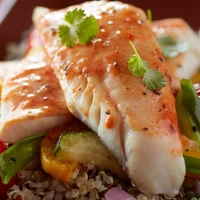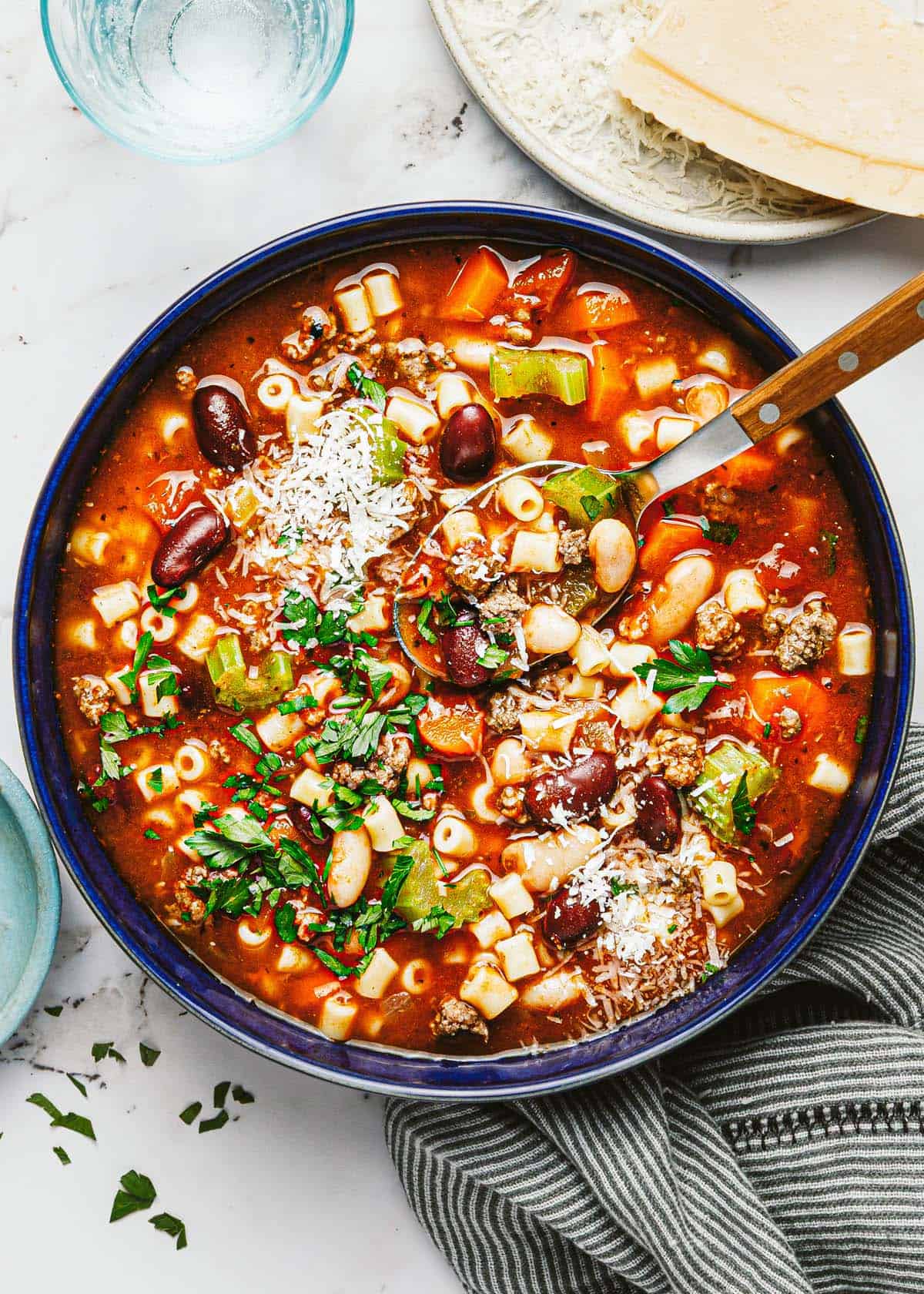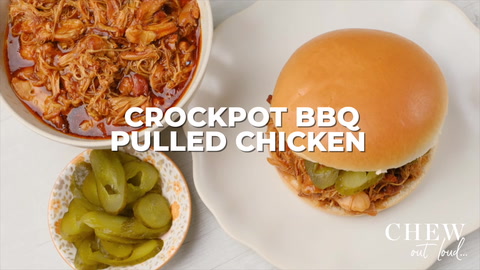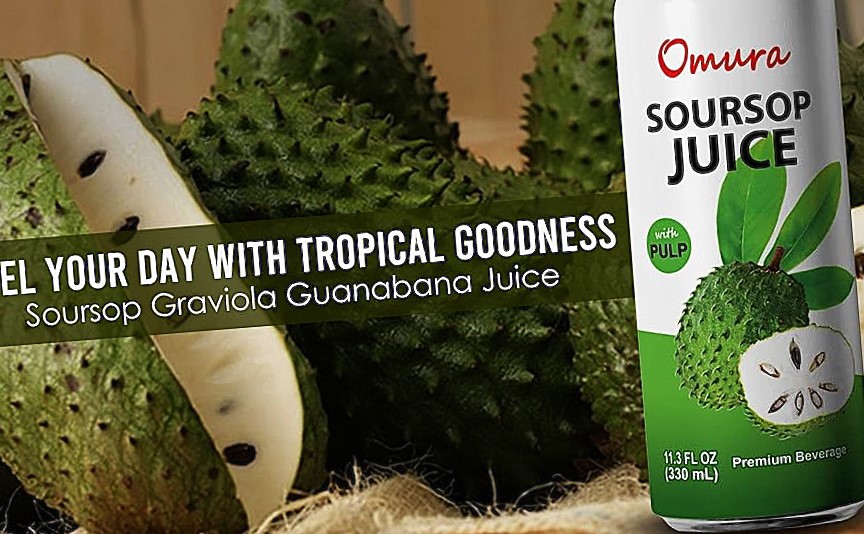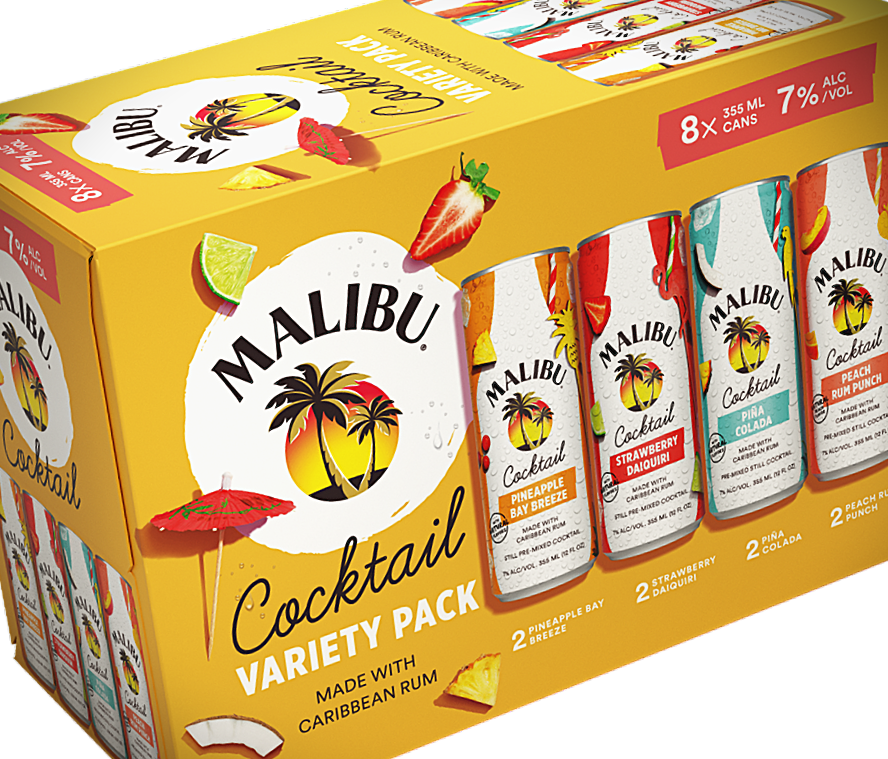Shark Bite Drink Recipe: A Bold, Fun Cocktail with a Bite
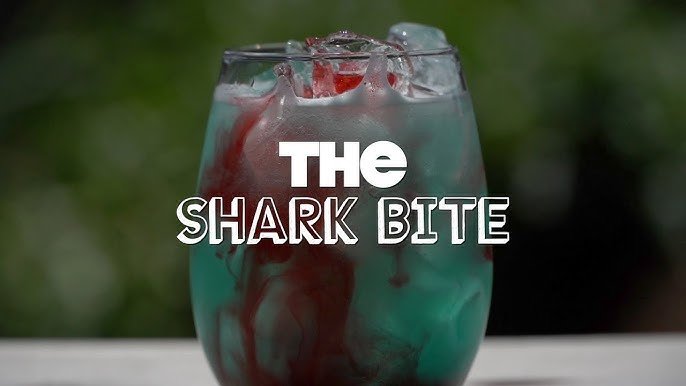
Introduction
Cocktails are more than fair beverages—they’re an encounter. A few drinks are outlined for advancement, like a classic martini, whereas others are made simply for fun, theatrics, and a bit of stun esteem. The Shark Chomp drink falls decisively into the last mentioned category. With its ocean-blue base and emotional “blood-red” impact that spreads through the glass when grenadine is poured, it’s not fair a cocktail—it’s a performance.
Popular in tiki bars, beach-themed parties, and college home bases, the Shark Nibble drink has gotten to be an notorious oddity cocktail that energizes the faculties and flashes discussion. With a mix of rum, orange juice, and blue curaçao, it offers tropical flavors that are both sweet and citrusy. But what truly sets it separated is its visual introduction: as grenadine trickles through the blue fluid, it imitates the see of shark-infested waters—an eye-catching impact that makes it unforgettable.
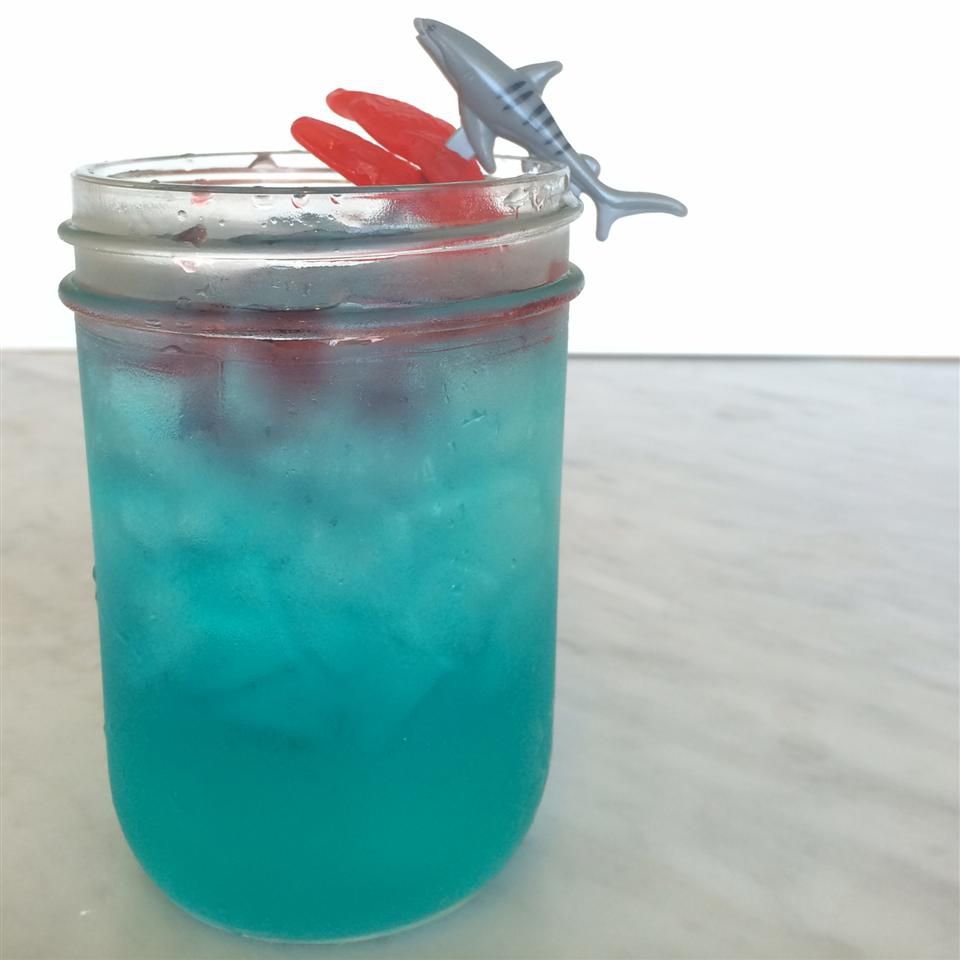
In this direct, we’ll investigate the beginnings of the Shark Chomp drink, break down the formula, examine varieties, and share tips on how to make it not as it were delicious but moreover a genuine showstopper at your another gathering. By the conclusion, you’ll know everything you require to make this fun cocktail at home.
The Roots of the Shark Nibble Drink
While the correct history of the Shark Chomp drink is fluffy (much like numerous tiki-inspired cocktails), it is by and huge acknowledged to have picked up ubiquity in the late 20th century as parcel of the tropical cocktail wave. Drinks like the Mai Tai, Blue Hawaiian, and Zombie were as of now staples in beachside bars and themed eateries. The Shark Nibble risen as a lively turn on these tropical concoctions, inclining more toward emotional introduction than authentic authenticity.
The drink rapidly got to be a hit at bars catering to more youthful swarms since of its novelty—the act of pouring grenadine into the ocean-blue drink made a crowd-pleasing exhibition. It was too simple to customize, permitting bartenders to explore with distinctive rums, blenders, and garnishes.
Today, the Shark Nibble drink is commonly served at tiki bars, college bars, or any occasion that calls for a fun, over-the-top cocktail.
Classic Shark Nibble Drink Recipe
Here’s a tried-and-true equation for making the Shark Chomp drink at household. This adjustment serves one, but you can scale it up for a party punch.
Ingredients:
1 oz light rum
1 oz spiced rum
½ oz blue curaçao
3 oz orange juice
Sprinkle of bitter mix (optional, for tang)
A few drops of grenadine (for the “shark bite” impact)
Garnishes:
Orange cut or wedge
Maraschino cherry
Fun additional items: plastic shark or cocktail umbrella for presentation
Instructions:
Plan the Glass: Fill a tall glass (like a highball or tropical storm glass) with ice.
Mix the Base: In a shaker, combine the light rum, spiced rum, blue curaçao, orange juice, and harsh mix (in case utilizing). Shake until well chilled.
Pour: Strain into the ice-filled glass.
The Shark Snack Affect: Steadily spill grenadine into the center of the drink. It will sink, at that point spread upward, making streaks that take after blood in water.
Garnish: Best with an orange cut and cherry. For additional energy, roost a plastic shark on the rim.
And there you have it—a drink that’s as engaging as it is delicious.
The Flavor Profile of the Shark Chomp Drink
Sweetness: The orange juice and grenadine deliver it a fruity sweetness.
Citrus notes: Blue curaçao includes a tart, orange-flavored alcohol base.
Spiced warmth: The spiced rum presents a simple kick of cinnamon, nutmeg, and vanilla.
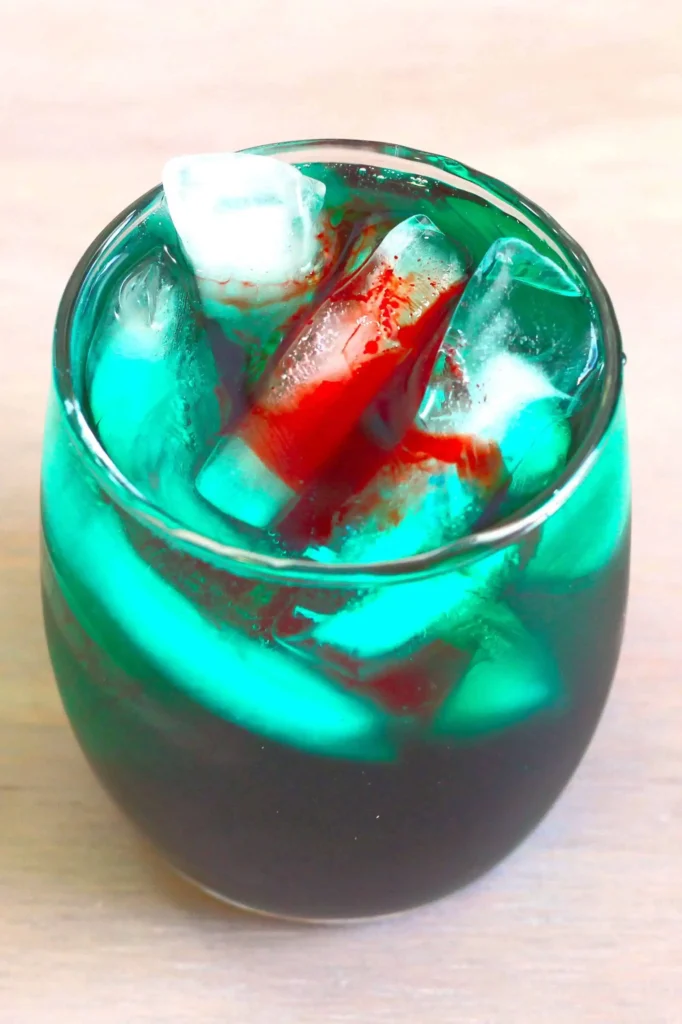
Tropical vibe: In common, the Shark Snack drink tastes like a shoreline vacation—refreshing, fun, and a little boozy.
Variations of the Shark Nibble Drink
One of the best perspectives of this cocktail is how simple it is to adjust. Here are a few inventive spins:
Shark Nibble Punch (Party Version):
Combine light rum, spiced rum, blue curaçao, pineapple juice, and orange juice in a huge punch bowl. Include grenadine fair some time recently serving for the emotional effect.
Frozen Shark Bite:
Blend the base fixings with ice until slushy. Pour into a glass, at that point sprinkle grenadine on top.
Shark Assault Shot:
Mix break even with parts light rum and blue curaçao in a shot glass. Carefully trickle grenadine in for a fast, emotional shooter.
Non-Alcoholic Shark Nibble (Mocktail):
Swap the rum for lemon-lime pop or ginger lager, keep the blue curaçao flavor by utilizing blue sports drink or blue raspberry syrup, and include grenadine for the same visual pizazz. Idealize for kids’ parties.
Extra Zesty Shark Bite:
Add a sprint of hot sauce some time recently pouring grenadine. It gives a zesty kick that a few bold consumers will love.
Tips for Culminating Your Shark Nibble Drink
Use clear ice 3d shapes: The ruddy “blood effect” looks best when the drink is clear and bright.
Add grenadine final: The timing of the grenadine pour makes all the distinction. Drop it fair some time recently serving to get the sensational streaks.
Go overpowering on garnishes: Parcel of the fun is the presentation—use sharks, umbrellas, or oceanic straws.
Balance sweetness: As well much grenadine will overwhelm the drink. Adhere to fair a few drops.
Try new juice: Fresh-squeezed orange juice includes brightness and cuts down the sugary taste of store-bought juice.
Serving Suggestions
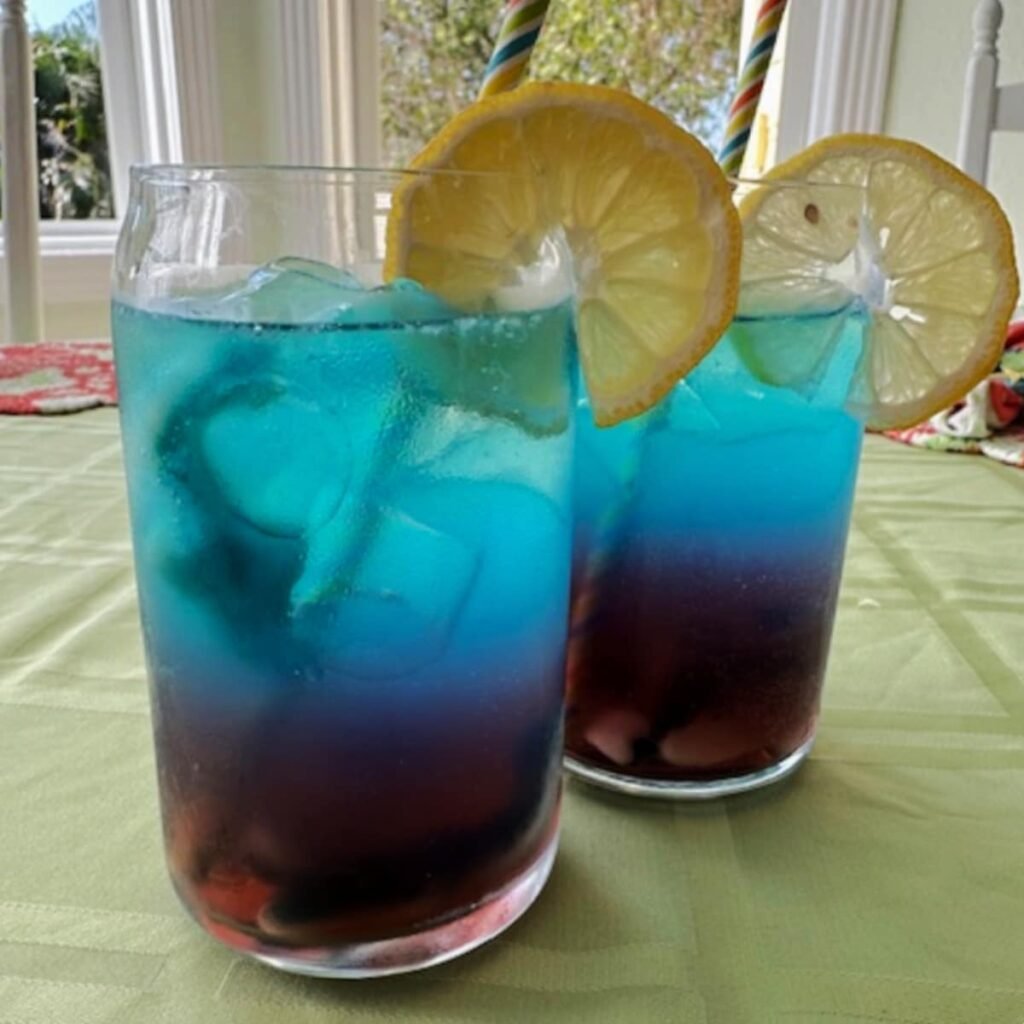
The Shark Nibble drink is idealize for:
Beach parties or poolside social occasions – Its sea topic is spot-on.
Summer grills – A reviving complement to barbecued foods.
Themed occasions – Naval, shark week, or pirate-themed parties.
College parties – A garish cocktail that wows a crowd.
Pair it with tropical snacks like chips and salsa, coconut shrimp, or barbecued sticks for a total experience.
Nutritional Data (Inexact per serving)
Calories: 220–260
Carbohydrates: 20–25g
Sugars: 18–22g
Alcohol: ~15% ABV depending on rum strength
To help it up, diminish grenadine and utilize fresh-squeezed juice instep of bottled orange juice.
Fun Realities Approximately the Shark Nibble Drink
The title “Shark Bite” comes from its striking visual—the ruddy grenadine spreading like blood in blue water, imitating a shark attack.
Some bartenders serve it with toy sharks “biting” the edge of the glass for sensational effect.
It’s regularly befuddled with the Shark Assault drink, which employments diverse varieties of grenadine and blue curaçao but takes after the same concept of a visual spectacle.
Why You Ought to Attempt the Shark Nibble Drink at Home
Entertainment figure: It’s more than a drink—it’s a execution piece.
Simple fixings: Most things are bar staples, making it simple to whip up.
Customizable: From solidified to punch forms, you can adjust it for any occasion.
Conversation starter: Visitors are ensured to inquire almost your shark-themed cocktail.
Tropical flavor: It offers the same elude as a tiki drink, indeed if you’re distant from the beach.
Conclusion
The Shark Nibble drink formula isn’t fair around flavor—it’s around fun. With its tropical base, lively garnishes, and show-stopping ruddy “bite,” it epitomizes everything a party cocktail ought to be. Whether you’re blending it for a summer pool party, Shark Week marathon, or fair a night of testing at domestic, this drink is ensured to make a splash.
By learning the classic formula and testing with varieties, you’ll have a flexible cocktail that fits any event. So get your shaker, a bottle of rum, and a few grenadine, and jump into the world of Shark Chomp cocktails—you’ll be snared after the to begin with taste.


